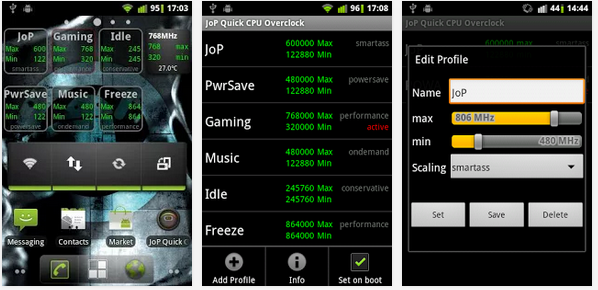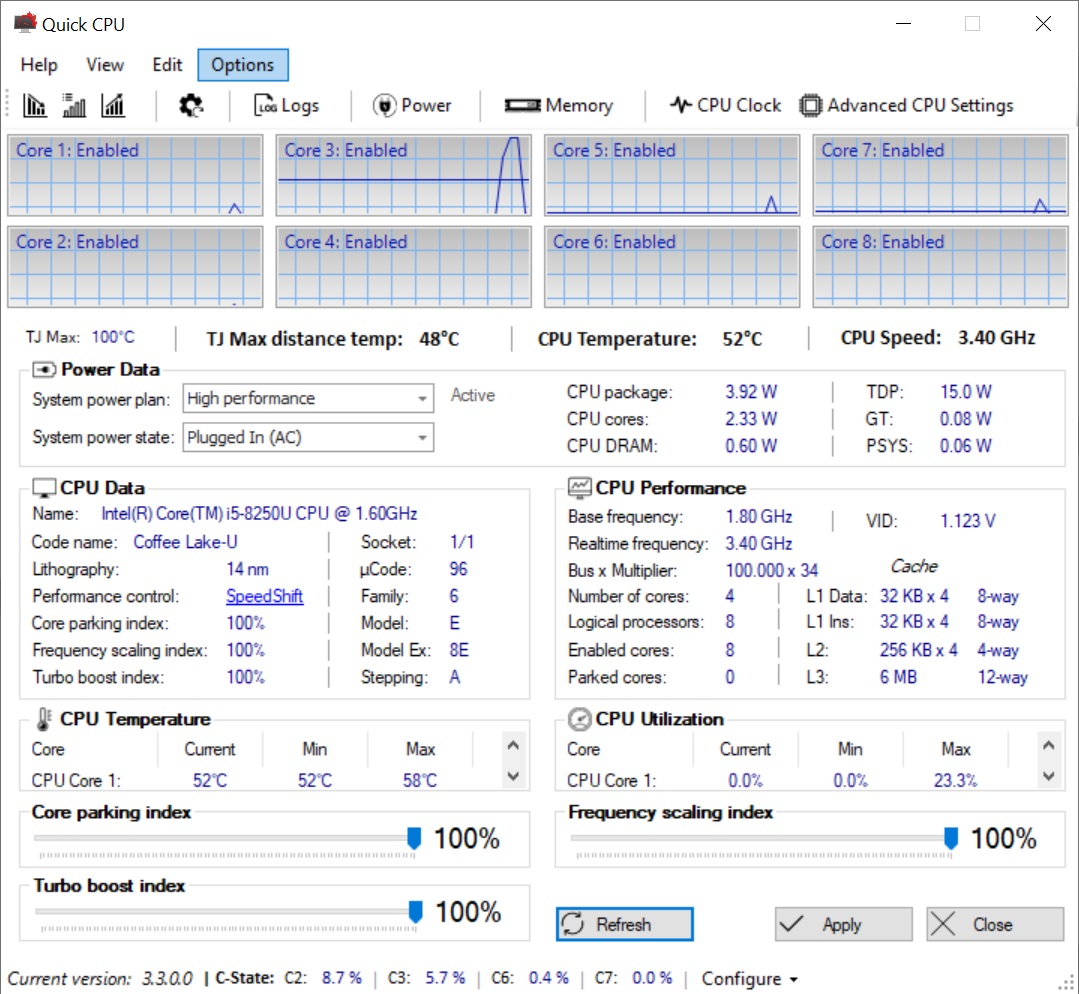


The programmers are not expected to have knowledge about the library. Here, the programmer has all the rights to add or remove the features during the installation of library. The programmers can neither add nor remove features provided in the installation done by pip. The programmer can select the optimization flags during the compilation of packages which are responsible for the fast performance of library. In terms of performance, the packages installed might run slower because of the hidden conflicts between features. Installation location is provided by the programmer. Installation is done at the default location where all the python packages resides. This will allow you to select your own features and parameters to be installed. This will install the features which are already build from source i.e., installation of general features and parameters will be carried out. Note: All the points in the table are written with respect to OpenCV but they can also be generalized for other libraries and packages. The difference between installing a python package from source and through pip are given in the following table: pip is the package manager which is used to install the packages written in python. At this stage, there can be two pathways of installing OpenCV in your system namely – (a) Using pip (b) Source Installation. The programmers have to download and load the model using OpenCV instructions in order to do the task of inference on their own dataset.įirstly, you need to install OpenCV library in your system prior to using it for your own dataset. In addition to image processing, it provides various pre-trained deep learning models which can be directly used to solve simple tasks at hand. OpenCV is an open source computer vision library which is very popular for performing basic image processing tasks such as blurring, image blending, enhancing image as well as video quality, thresholding etc.


 0 kommentar(er)
0 kommentar(er)
